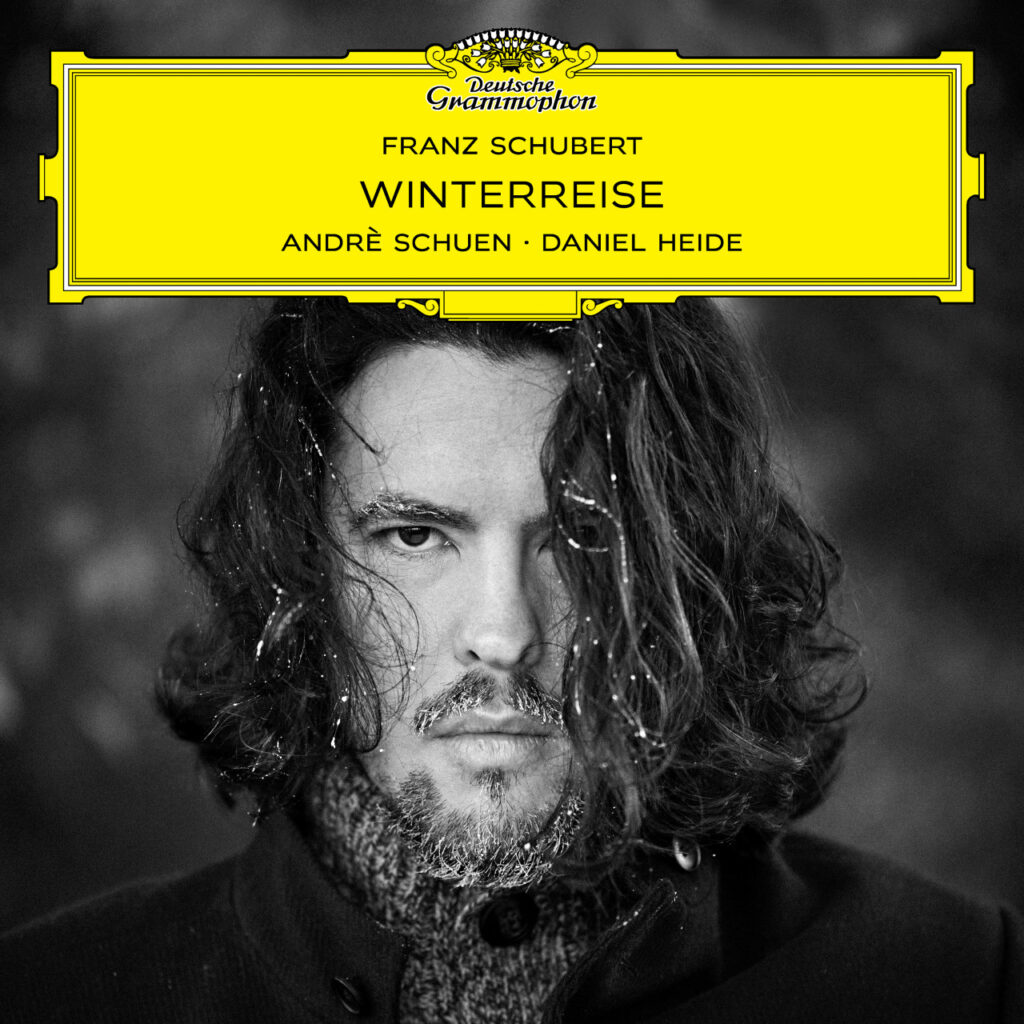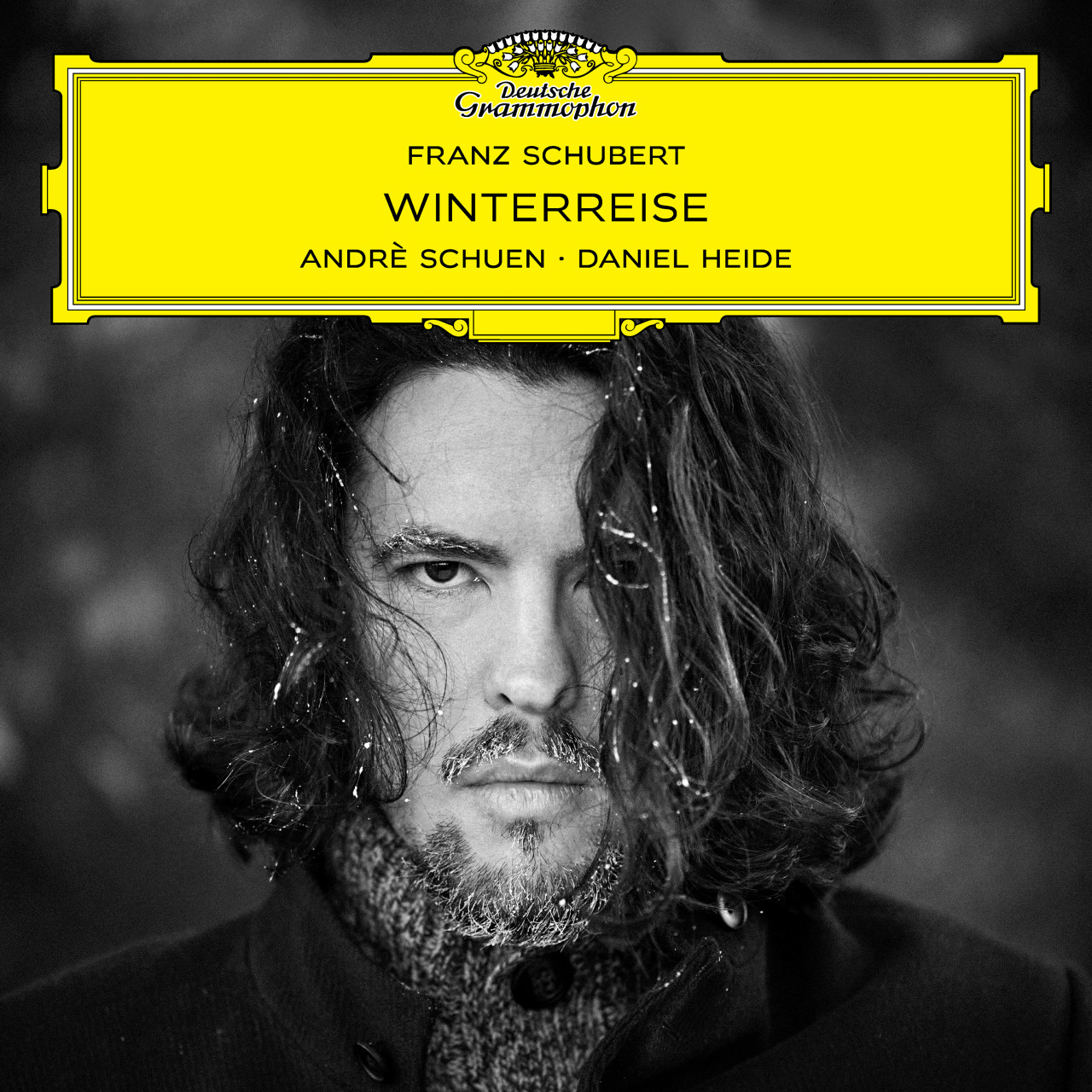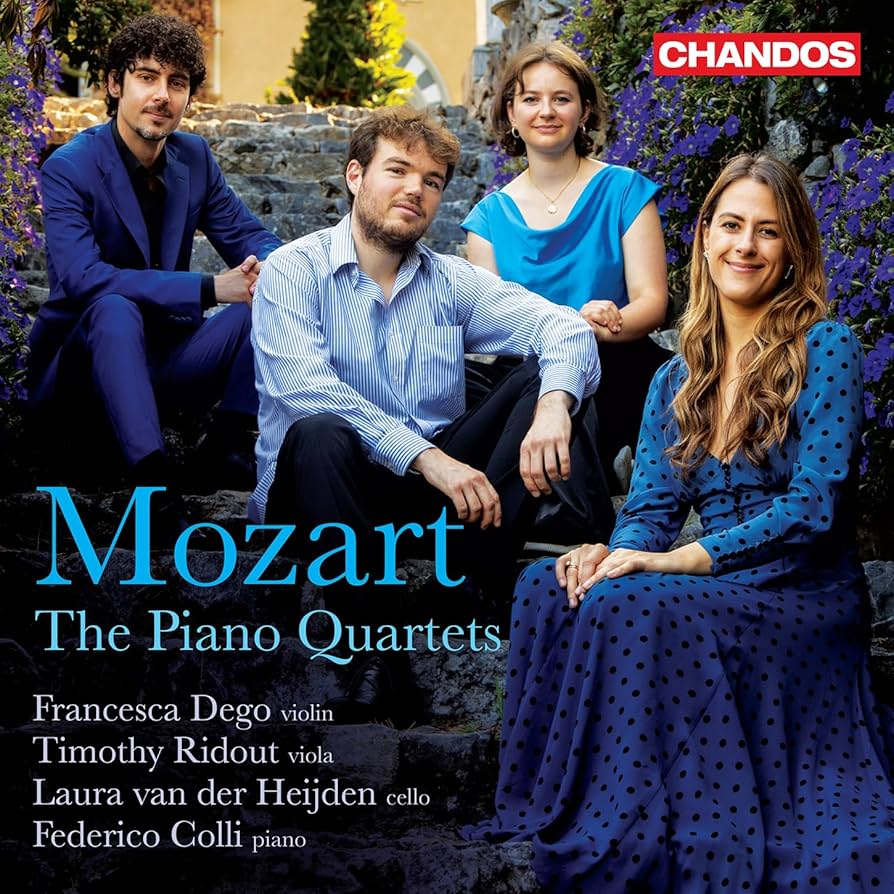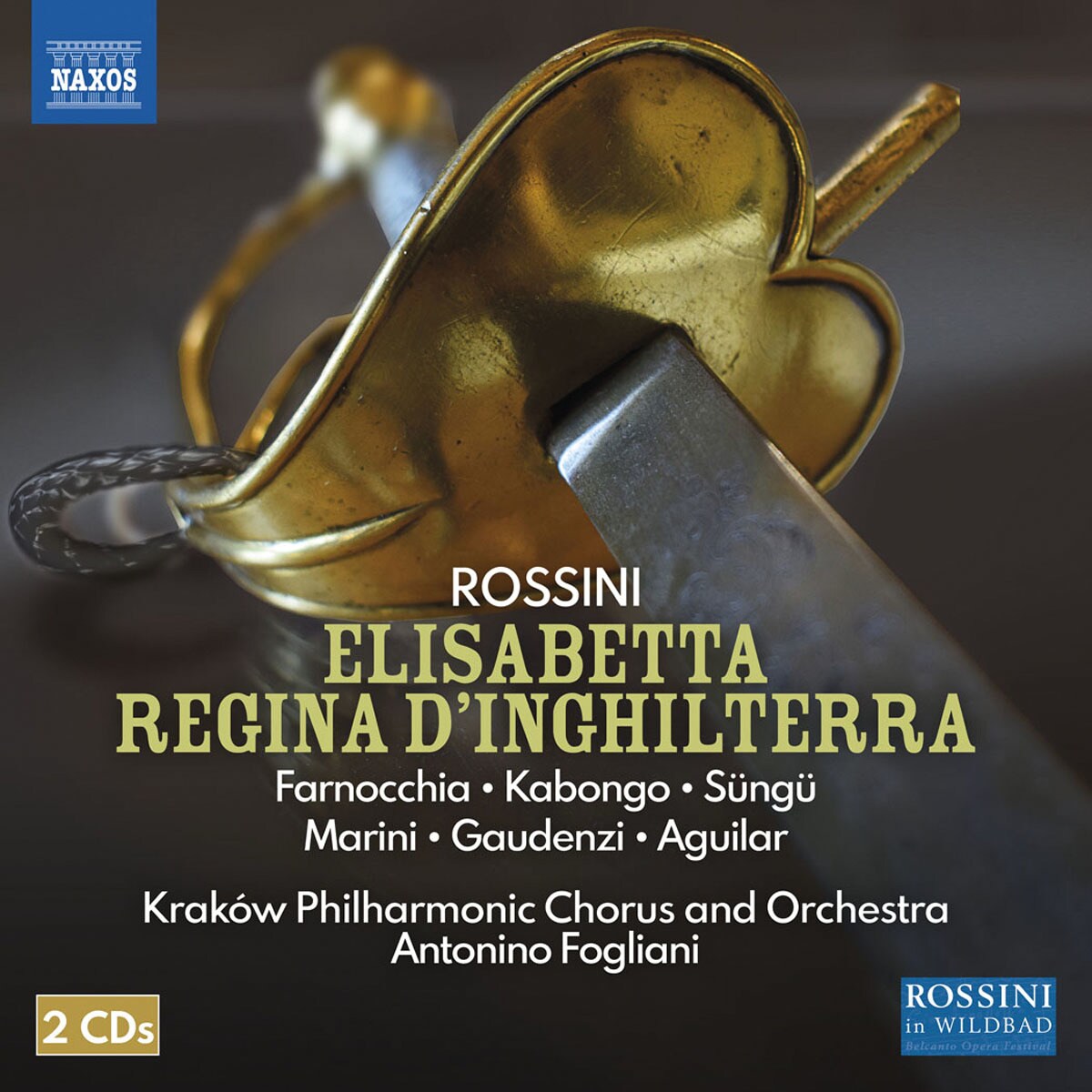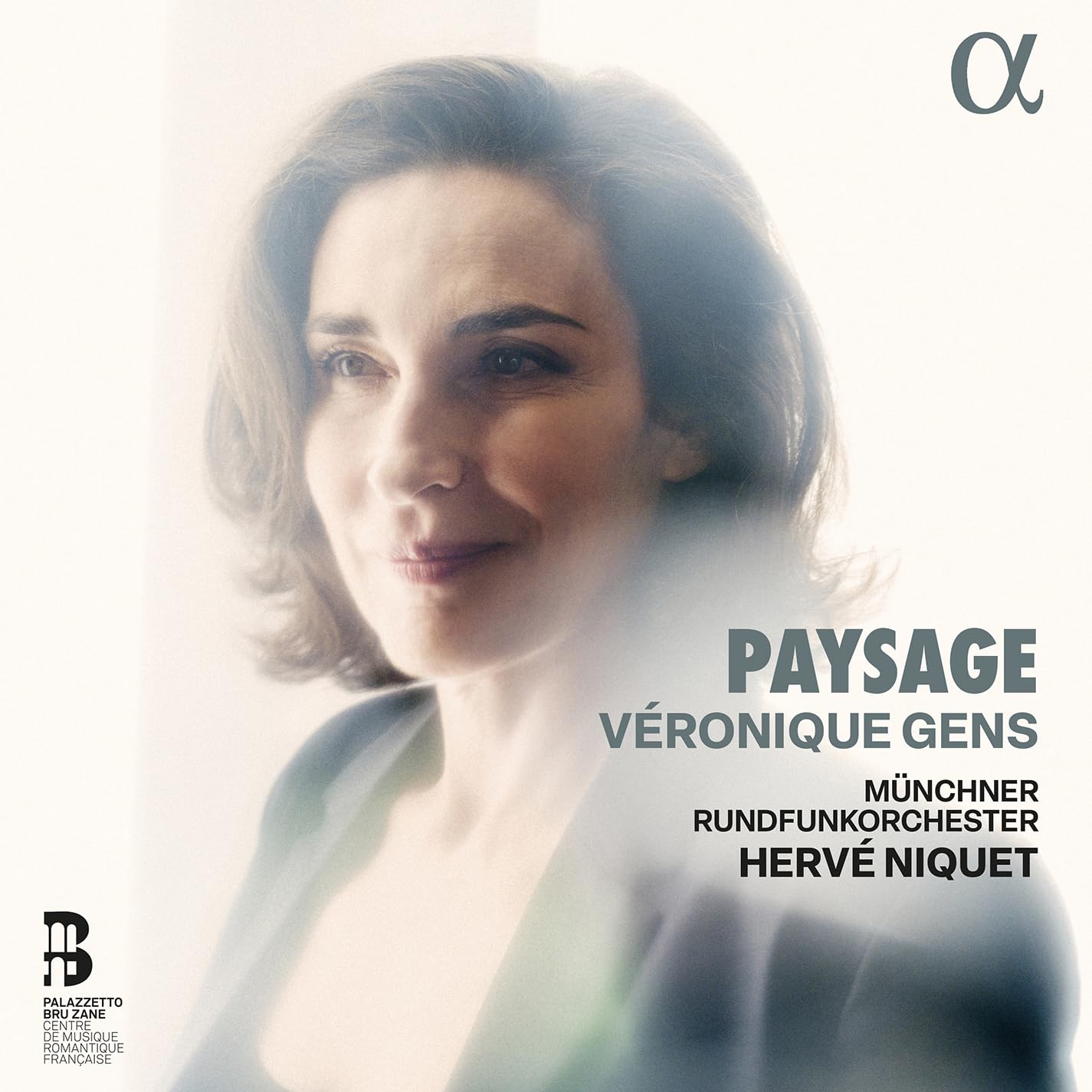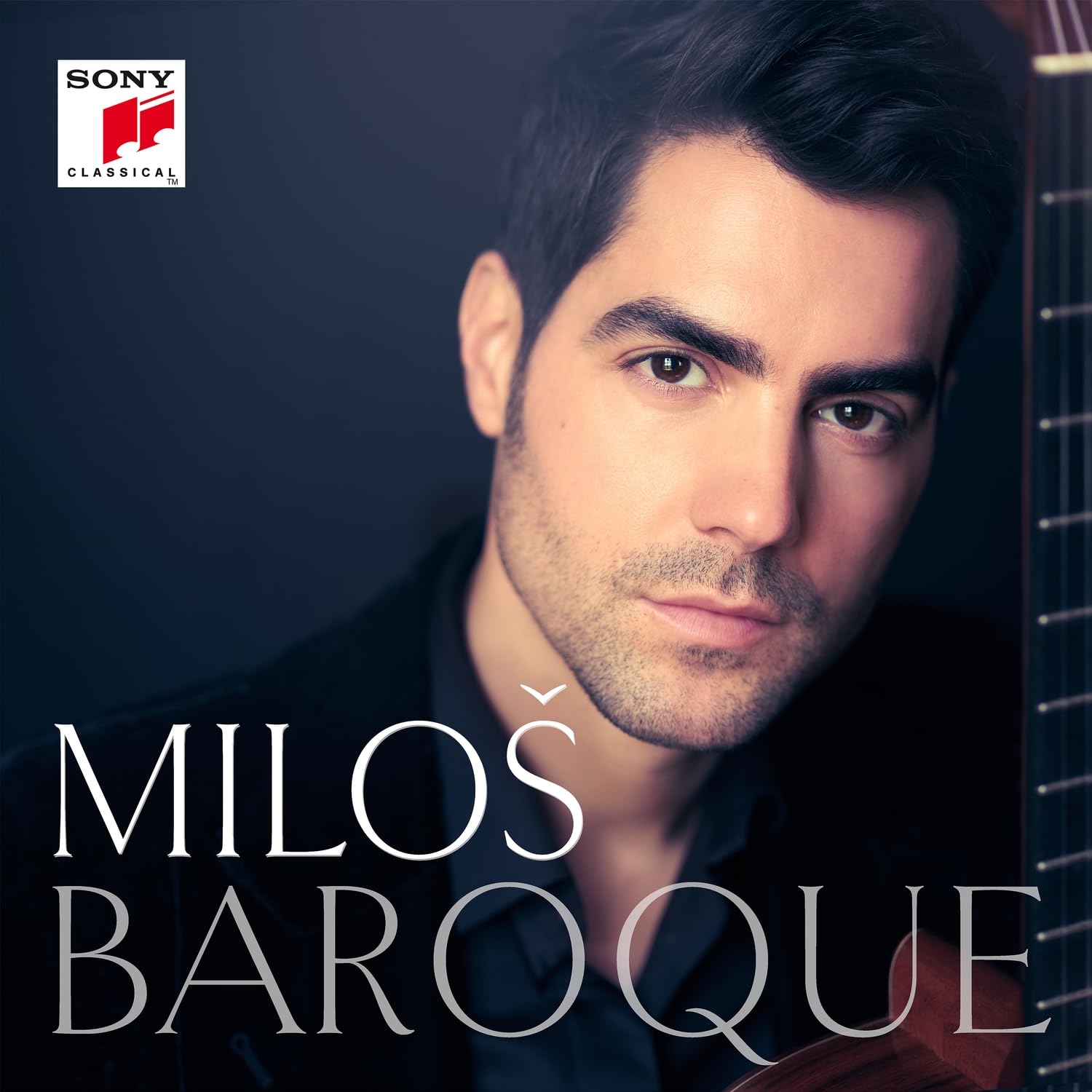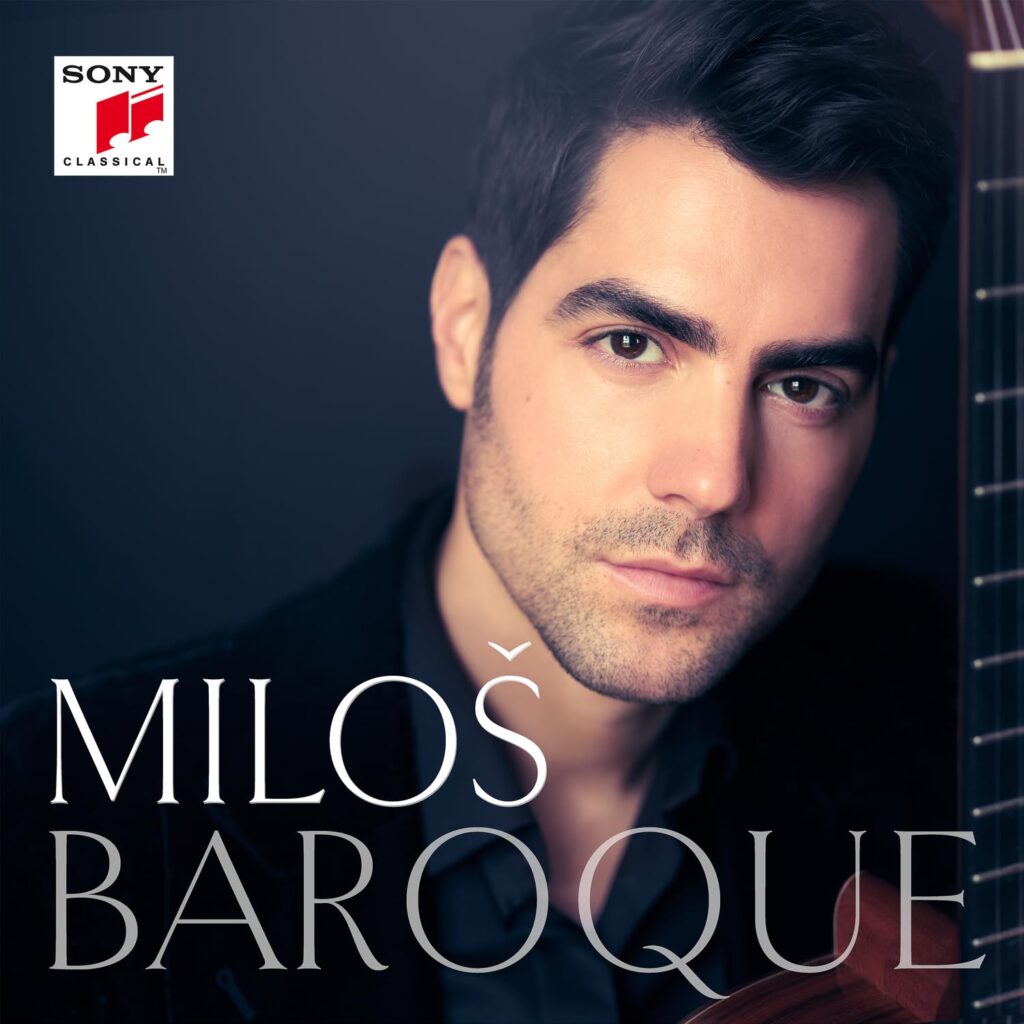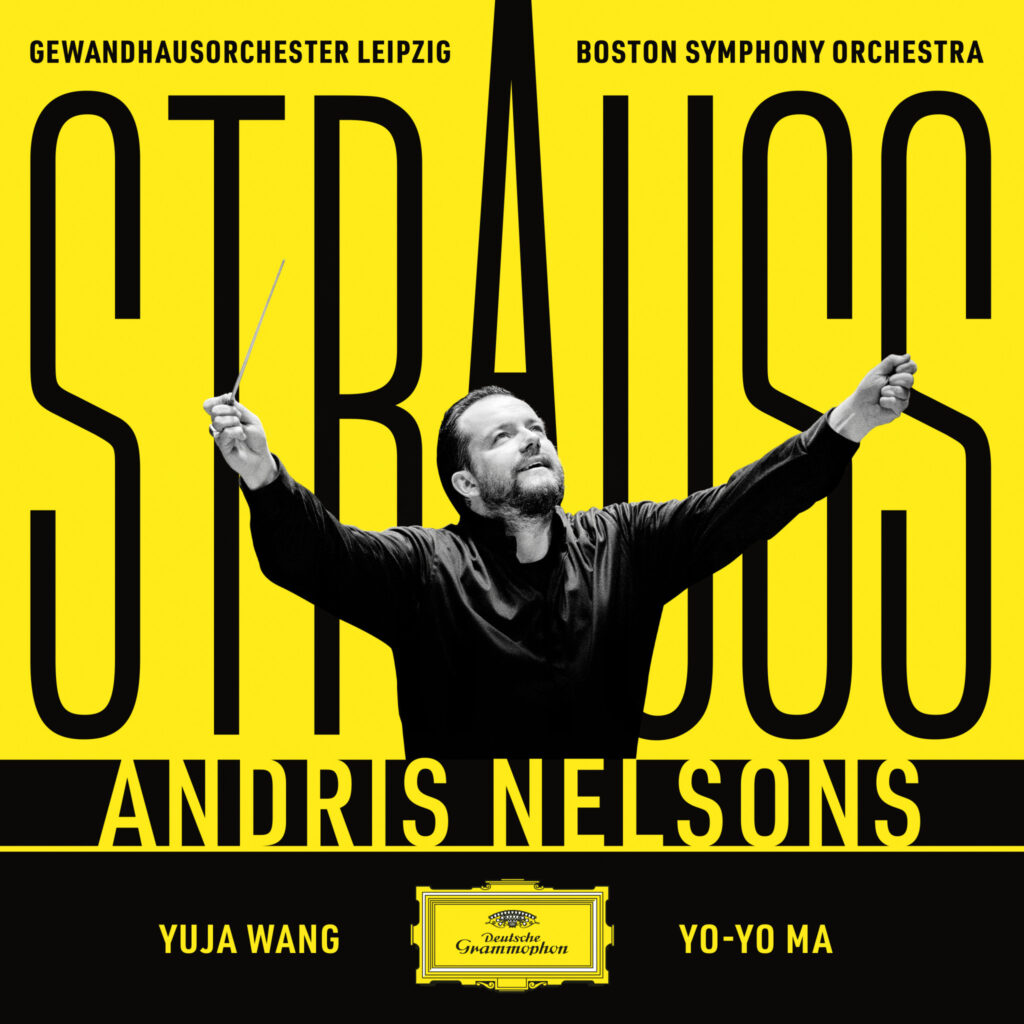WINTERREISE
Andrè Schuen and Daniel Heide’s rendition of Schubert’s Winterreise maintains the lyrical and sensitive qualities that have garnered praise for the duo in their previous cycles. Schuen’s emotive delivery and Heide’s accompaniment shine throughout the album.
In Gute Nacht, Schuen’s sensitivity adds depth to the longer, multi-faceted song, particularly in the contrasting sections. His nuanced performance, alongside Heide’s gentle piano accompaniment, creates a compelling narrative.
In Erstarrung, Schuen captures the suspense and urgency of the song with his subtle yet impactful delivery. While Heide’s accompaniment could benefit from more dynamism, Schuen’s interpretation shines through with vibrant crescendos and vocal shifts.
Der Lindenbaum showcases Schuen’s ability to craft expressive lines, despite some murkiness in the piano’s filigrees. The duo navigates through both intense and contemplative moments, showcasing their musical versatility.
The duo’s rendition of Die Poste emphasizes growing intensity, although some moments feel lacking in the expected urgency. However, they redeem themselves with a fine performance in Der Krähe, where a measured tempo and delicate piano work create an eerie yet lyrical atmosphere.
Das Wirthaus stands out for its poignant exploration of loneliness, highlighting the narrator’s despair through peaceful yet melancholic music. Schuen and Heide effectively convey the emotional depth of the piece, combining resonant chords with heartfelt lyricism.
In Der Leiermann, a subtle misstep in the piano accompaniment is overshadowed by Schuen’s solemn and weighty delivery, bringing a sense of finality to the traveler’s journey. Despite some flaws, Schuen and Heide’s Winterreise remains a compelling interpretation that reveals new layers of emotion with each listen.
